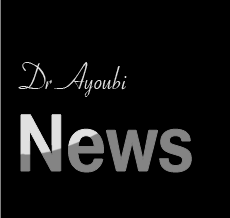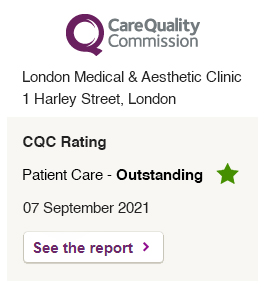Dr Ayham Al-Ayoubi participating at the official Launch of PicoSure Laser into the UK at Chandos House, London
Pico second Technology Transforms Laser Tattoo Removal
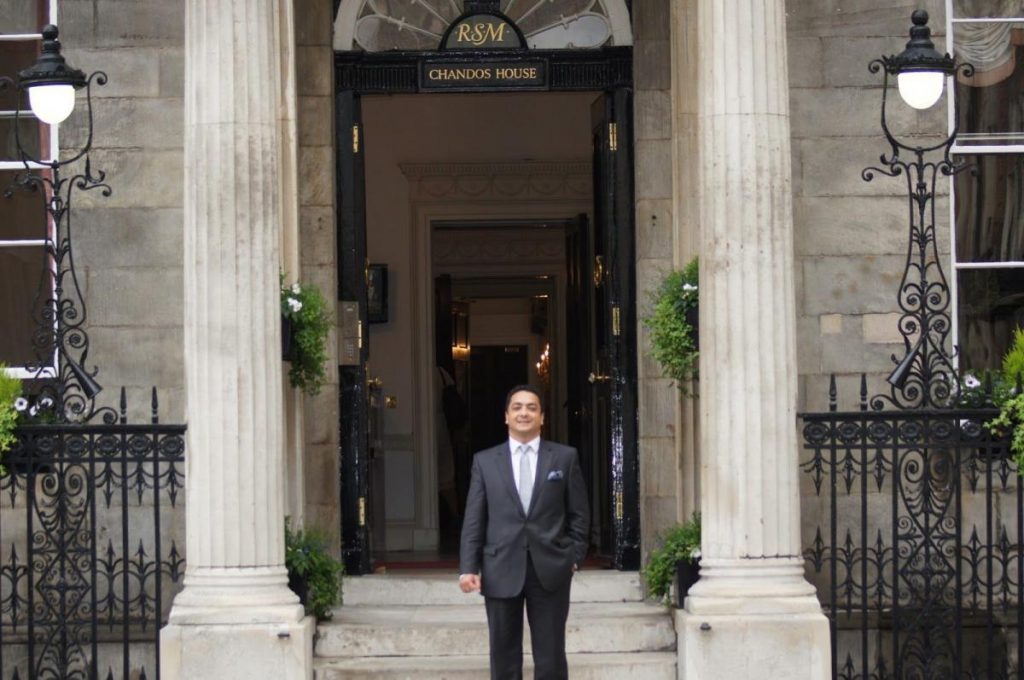
Dr Ayham Al-Ayoubi was invited to participate at the official launch of the revoluationary PicoSure Laser Launch at chandos House in center London.
PicoSure is the world’s first safe and effective picosecond aesthetic laser. This unparalleled breakthrough in laser technology delivers ultra-short pulse bursts of energy to the skin in trillionths of a second.
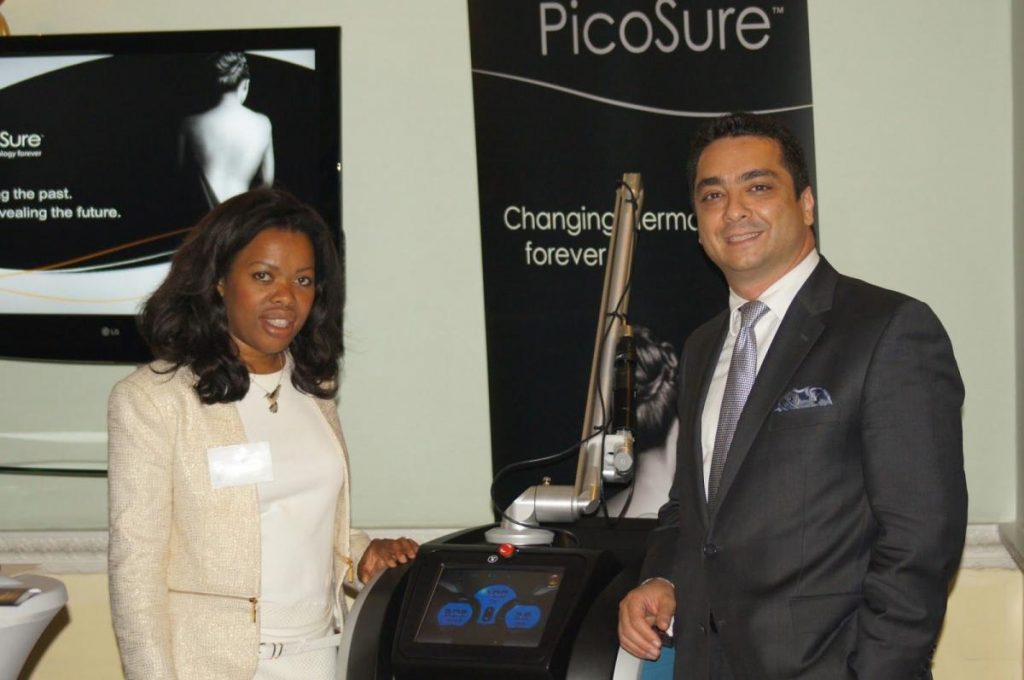
Picosecond pulse width is 100 times shorter than nanosecond technology, enabling unmatched photomechanical impact for better clearance with fewer treatments and less fluence. The future is here.
Dr Ayham Al-Ayoubi an expert Laser Surgeon explains, that PicoSure’s ultra-short pulse duration goes beyond photothermal action creating an intense photomechanical impact, patented PressureWave™, resulting in greater disruption of the target for better clearance with fewer treatments, less fluence and without injury to the surrounding skin.
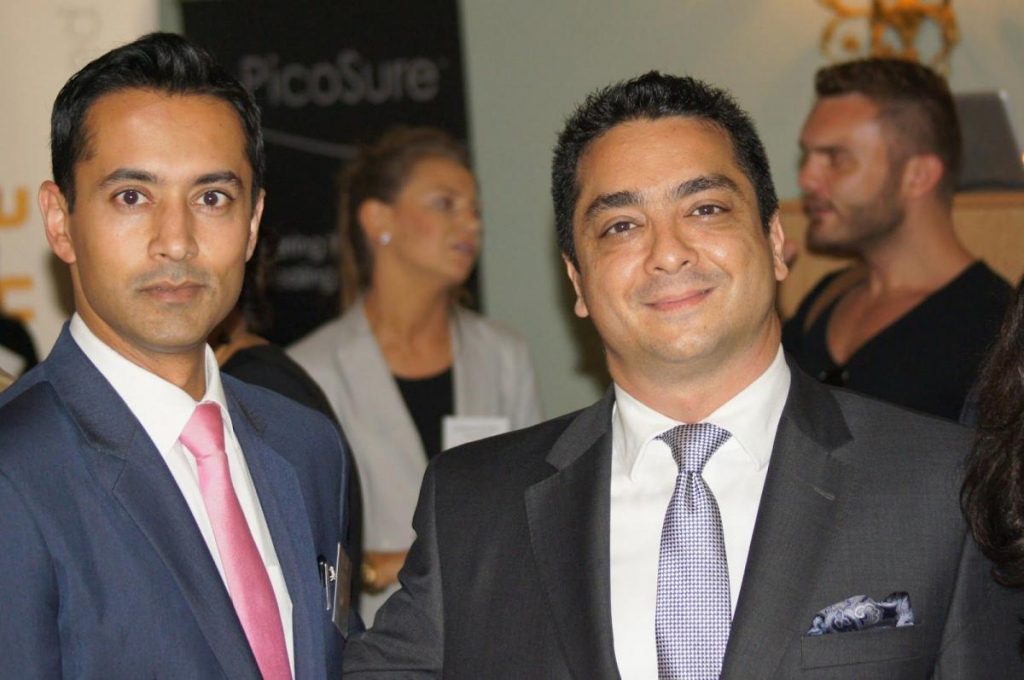
Picosure: Even dark, stubborn blue and green inks, as well as recalcitrant tattoos can be removed.
Dr Ayham Al-Ayoubi said that PicoSure is the first and only aesthetic picosecond laser for the safe and effective removal of tattoos and benign pigmented lesions. Clinical data shows better results in fewer treatments.
Dr Ayham Al-Ayoubi explains that according to research from Medical Insight, 21% of all adults in the U.S. have at least one tattoo.
However, about half of those who have tattoos want them removed at some point in life. Existing for many years, tattoo removal with energy and laser-based systems offers predictable outcomes, though the process often requires multiple, and at times, painful treatment sessions to achieve results.
Dr Ayham Al-Ayoubi explaiend that with the introduction of picosecond technology, the field of tattoo removal is experiencing a significant transformation.
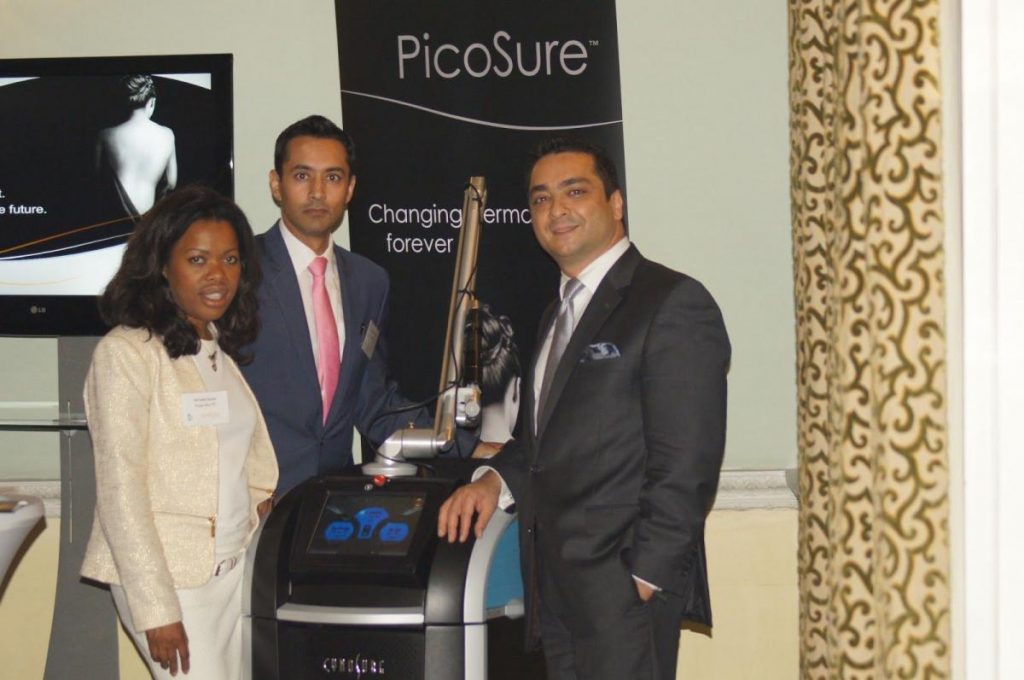
Picosure: Two clinical studies have demonstrated that this groundbreaking technology addresses darker, multi-colored and complex tattoos more efficiently, with more thorough removal in much less time.
Dr Ayham Al-Ayoubi explained that Tattoo removal has graduated from the days of non-selective ablation using carbon dioxide and continuous wave lasers to selective photothermolysis using Q-switched lasers. “The first breakthrough in tattoo treatments came 20 years ago, with the development of these Q-switched nanosecond lasers”.
Q-switched lasers release highpowered pulses in the range of nanoseconds, which causes the formation of acoustic waves and photothermal effects that ultimately destroy the tattoo ink particles.
These destroyed ink molecules are then absorbed by macrophages and removed from the body via the lymphatic system. The decades-old, original study of tattoo removal via Q-switched lasers demonstrated near complete clearance of professional tattoos in around six treatments.
Dr Ayham Al-Ayoubi emphasized that Despite the much improved Q-switched devices, and more sophisticated treatment modalities, cosmetic results for tattoo removal have remained inconsistent in terms of time and treatment sessions required for complete removal.
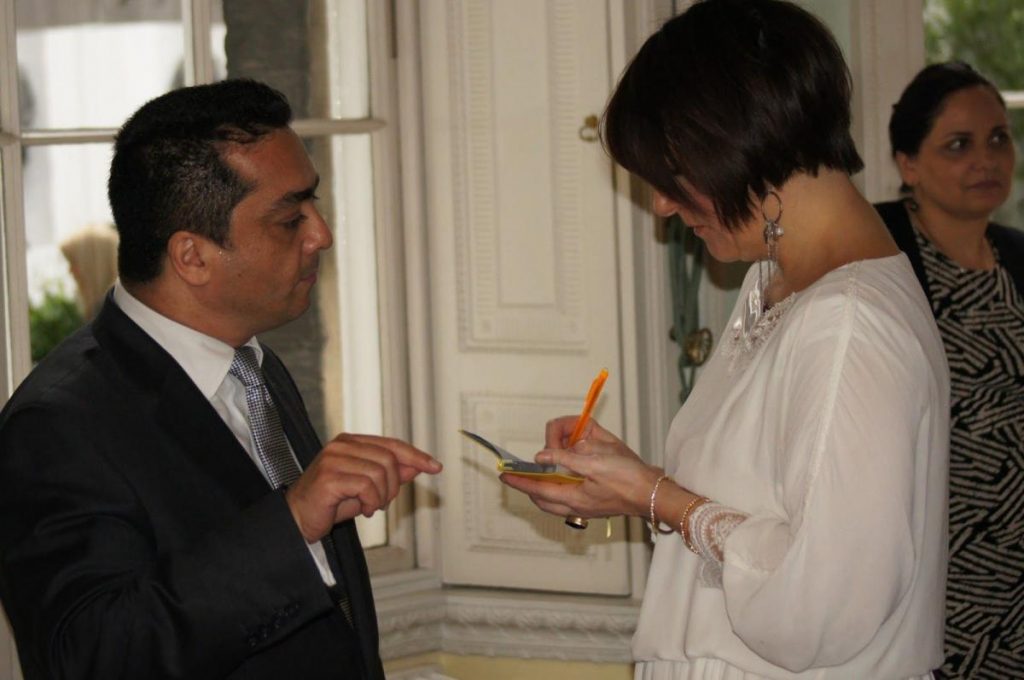
PicoSure Laser from Cynosure features revolutionary picosecond technology and was recently FDA cleared for the removal of tattoos and benign pigmented lesions. According to clinical investigators, this system is a major evolutionary leap in terms of treating tattoos, as well as benign epidermal pigmentary lesions.
The picosecond laser produce pulse durations in the trillionth of a second: 10 to the power of -12; therefore, the pulses are 100 times shorter than the Q-switched laser.
After being in development for nearly a decade, PicoSure is being introduced as the first safe and effective picosecond aesthetic laser specifically designed to treat tattoos and pigmented lesions. This innovative 755 nm alexandrite laser delivers ultra short pulse bursts of energy to the skin in trillionths of a second.
Dr Ayham Al-Ayoubi explained that Picosecond lasers enable significant photomechanical stresses rather than photothermal action to damage the targets. In addition, nanosecond lasers may only produce a small fraction of the power generated by a picosecond laser.
In addition to performing tattoo removal, the PicoSure treats benign pigmented lesions, which are caused when skin cells produce too much melanin in a localized region.
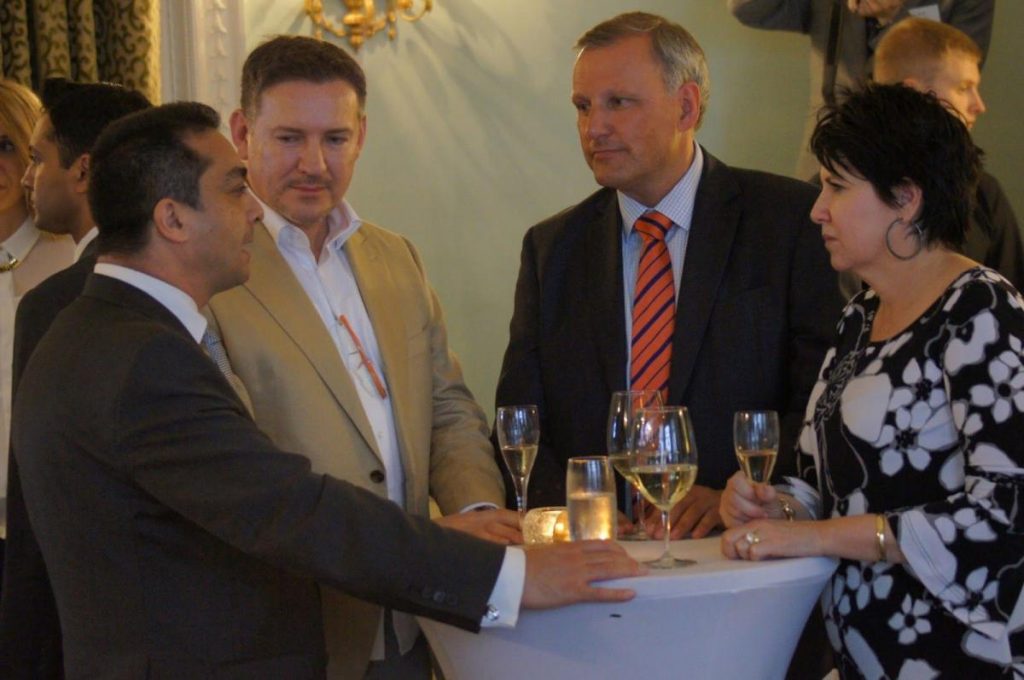
Picosure: Though some lesions are present at birth, most develop with sun exposure or age. When the pigment is located in the epidermis, light brown spots occur, such as freckles, cafe-au-lait birthmarks and sun spots. When the pigment is found deeper in the skin, dark brown spots can result, such as Nevus of Ota or other moles.
Dr Ayham Al-Ayoubi an expert plastic and Laser surgeons explains that,Currently, the global market for the removal of pigmented lesions is roughly twice as large as the market for tattoo removal. Whether the treatment is for benign lesions or tattoos, the ability of the shorter picosecond pulses to break up the targeted pigment, without damaging surrounding areas or forming rough edges, is proving to be vital for skin treatments.
In 1982 the first glimmer of the picosecond laser occurred when an M.I.T. scientist created a device that could generate short pulses in the picosecond and femtosecond ranges. The picosecond laser, which is also known as the ultrafast laser or ultra short pulse laser, operates at a millionth of one millionth of a second.
Dr Ayham Al-Ayoubi adviesd that, a laser with such extremely short pulse durations produces pulses that achieve a very high peak power and can focus that energy onto a small volume of space, in order to ablate material from the surface quickly and cleanly without damaging the underlying areas.
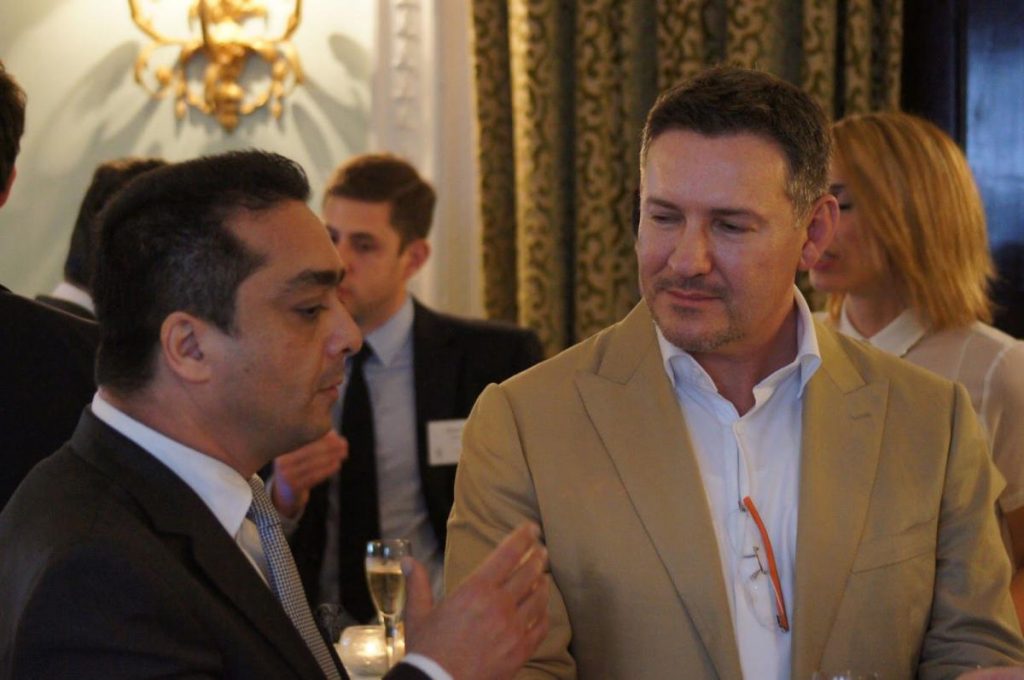
Picosecond lasers have created a niche in medicine, both for developing biomedical devices and in performing sensitive procedures such as corneal surgery. “The picosecond is a technology that has been talked about for years. In tattoo removal, the question has always been, when will we have something that works a little bit better?”
We have known that if we can get a shorter pulse to break up these pigments more readily, the outcomes should be better. As Tattoo ink particles are extremely small, though, so optimally one needs a very short pulse to break them up. The way PicoSure works is twofold: first, the mechanical or acoustic effect simply breaks up the pigment; and second is a thermal effect.
When the energy is absorbed, it induces heat, which also plays a part. With lower fluences, the beam is both shorter and uses less energy. Even though the device is very powerful, the skin’s reaction to it – the wound healing, etc. – is better than with other devices. Now that a picosecond laser is available, it is very exciting because it does indeed seem.
Dr Ayham Al-Ayoubi said: There are a lot of people with tattoos and lesions that will benefit from this technology. Unlike previous energy-based systems used to remove tattoos, the PicoSure laser deposits so much energy so fast that the target material, such as tattoo ink, experiences significant photomechanical effects leading to a break-up of the ink or pigment particles. Since the thermal relaxation time of tattoo pigment particles and melanosomes is less than ten nanoseconds, this means energy delivery in the picosecond range is effective, according to clinical results that were used in two pivotal trials.
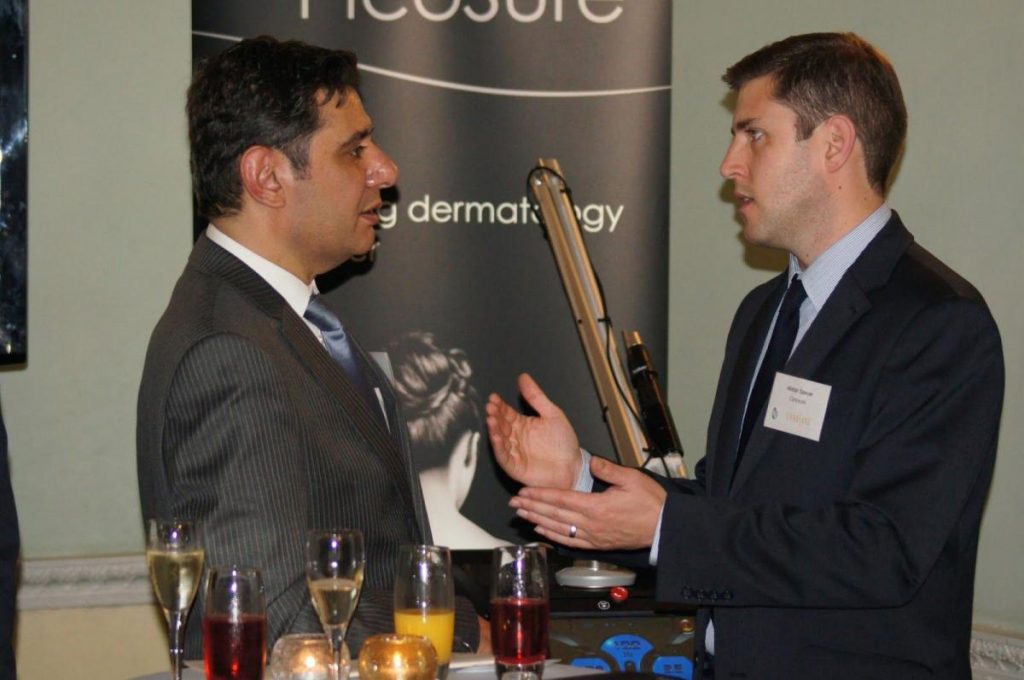
Picosure, The new picosecond laser is the first significant improvement in the treatment of tattoos in over 20 years.
In addition, Dr Ayham Al-Ayoubi explained; when using PicoSure to treat benign lesions, “it works more quickly on lentigines versus Nd:YAG, except in skin type V. PicoSure actually improves skin texture, including hypertrophic and atrophic scars. However,we could see some hyperpigmentation in darker skin types.”
Dr Ayham Al-Ayoubi’s opinion, the future of PicoSure may not be limited to tattoo removal and treating lesions but he suspects that eventually it will also be used for laser skin tightening and toning, mild textural improvements, and perhaps even the treatment of striae, fine lines, wrinkles and acne scarring.
Across cultures, what is beautiful is assumed to be good. Attractive people are assumed to be more extroverted, popular, and happy. Self-confidence and self-esteem explain these findings as they are based on self-reported attractiveness as opposed to any sort of objective criteria.
More attractive people get better jobs and promotions, receiving better treatment from authorities and the legal system, having more choices in romantic partners, having more power in relationships and marrying into families with more money. In society, attractive people tend to be more intelligent, better adjusted, and more popular.
This is described as the halo effect – due to the perfection associated with angels.
For better or worse, the bottom line is that research shows Beauty Matters. It navigates society and affects how we choose loved ones.
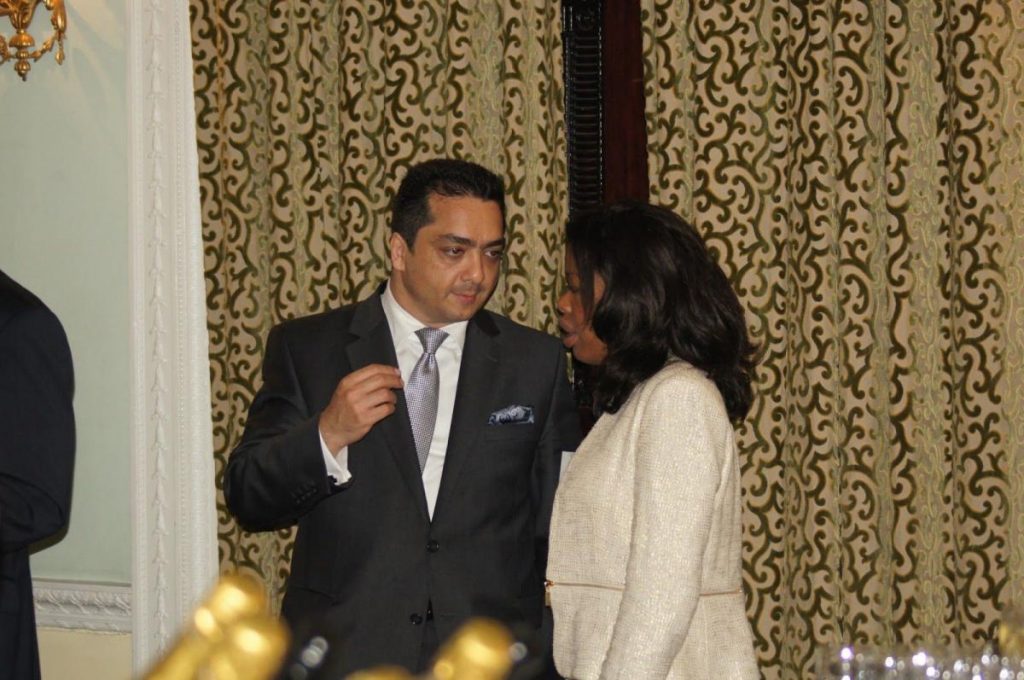
Picosure: Motivated to appear attractive may not be such a useless effort after all. Isn’t to say plastic surgery is the only and necessarily the answer. Also aesthetic and anti-aging medicine as well as healthy lifestyle makes you a beautiful and happier person.
Dr Ayham Al-Ayoubi had listened with great intrest to Dr Basher Bizrah lecture where he spoke about his advanced technique in Rhinoplasty for Middle Eastern patients with his new double dome creation, scoring, suture fixation, columellar strut and as indicated tip grafts.
It has the most predictable results, because of the preservation of the continuity of the lateral crus and obtaining a strong tripod of conjoined lateral to medial crura supported by columellar and tip grafts, thus reducing very much the possibility of asymmetry, alar collapse, dropped tip, pinching, notching and alar retraction. However, because of the lateral crus marginal incision and lateral crus delivery, there may be unavoidable problems due to wound healing, fibrosis and contracture such as mild notching, pinching alar retraction, collapse, asymmetry and dimpling.
In order to avoid even these problems, the author has developed a new technique which is largely based on the Goldman’s tip and the I-beam of medial crura but without lateral crus delivery; and lateral crus marginal incisions. This is in order to keep an intact alar rim and avoid any problems along the alar rim such as notching, retraction, collapse or asymmetry.
The author has been applying this technique for the last 14 years. In his opinion this technique is very useful to achieve tip projection, definition and refinement in the following situations: Tip under projection, Short columella, Mild tip bulbousity, and In-revision cases.
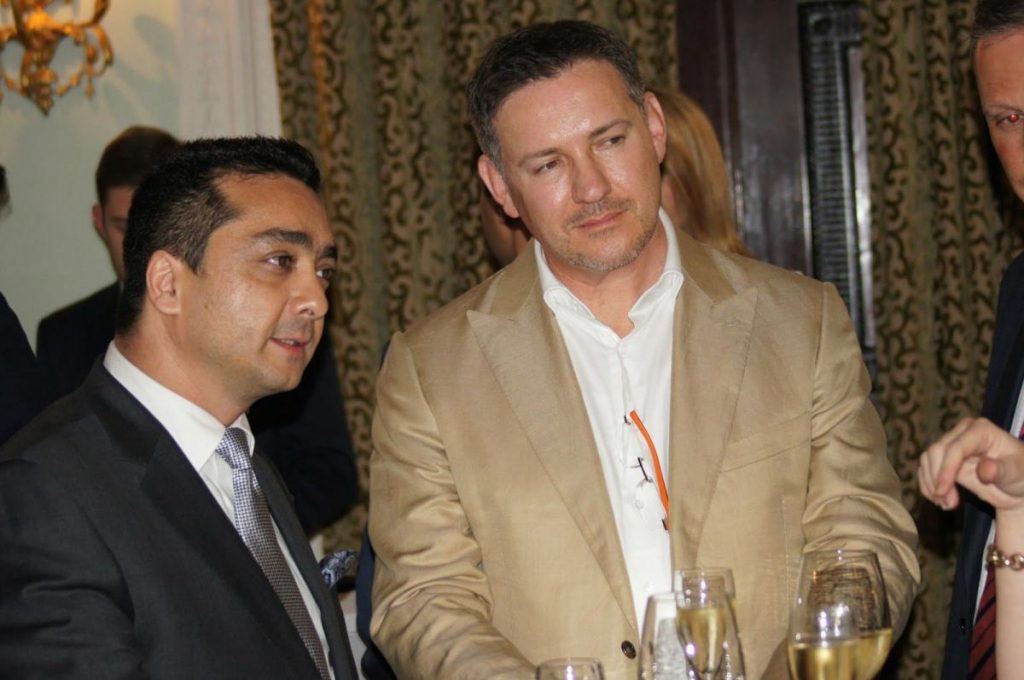
Picosure: The operative technique preoperative and the postoperative results will be fully discussed with timetables, photographs, illustrations and video presentation.
Dr Ayham Al-Ayoubi was intrested to listen to Dr Umar Daraz Khan lecture about his review of implant sizes in 164 consecutive asymmetrical augmentations mammoplasties.
The breast and chest asymmetries have been reported with varying incidences in patients requesting augmentation mammoplasty. However there is a paucity of information regarding the sizes of different implants used, their relative distribution on either side, complications and revision rates in this cohort when compared with primary augmentation mammoplasty using same size implants.
Dr Ayham Al-Ayoubi was interested to learn from the retrospective analysis of data prospectively collected using the Excel spread sheet was performed. All patients had Muscle Splitting technique for augmentation mammoplasty in asymmetrical breasts.
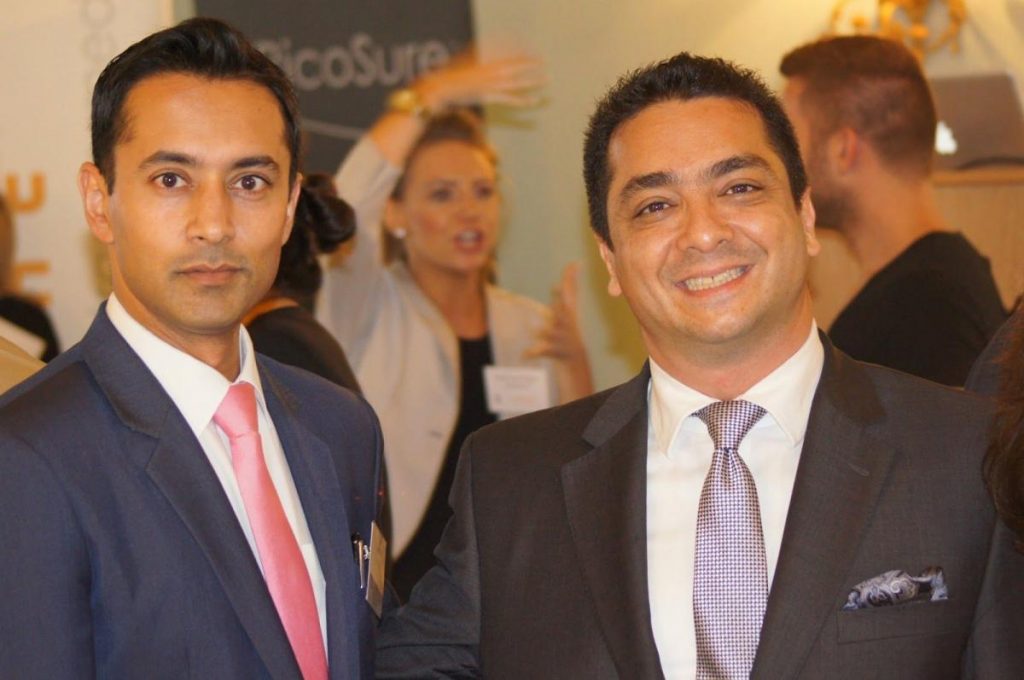
Picosure: Patients requiring augmentation with mastopexy, sternal notch to nipple areolar complex level discrepancy of more than 1cm and patients having same size implants were excluded from the analysis. Insignificant asymmetries, not noticed by patients and not concerned about the difference on information, were not chosen for two different size implants.
Patients, who chose two different size implants for mammoplasty, were divided into three groups based on the relative difference in the size of different implants used.
Primary augmentation mammoplasty in asymmetrical breasts using differential size implants is a procedure with low revision rates, provided strict exclusion criteria is used along with adequate informed consent in this group.
To view Dr Ayoubi in News & Events click here.

